This post contains affiliate links, meaning if you click through and make a purchase, I may earn a commission at no additional cost to you. As an Amazon Associate I earn from qualifying purchases. If you enjoy the content on Hella Basque, please consider supporting.
This time last year, I finished walking the Camino de Santiago.
I headed out from Saint Jean-Pied-de-Port in the Basque Country, crossed the Pyrenees on Day 1, and kept walking for 36 consecutive days until I reached the Galician coast at Finisterre on the evening of October 31st.
In a little over a month, I covered a distance of almost 600 miles. Walking by myself every day with everything I needed in a 20 pound backpack. (I could have packed lighter but your girl likes her trail snacks.)
For those of you who don’t know what the Camino de Santiago is, a brief introduction: The Camino is a Catholic pilgrimage that dates back to the Middle Ages (which in the last few decades has been co-opted as an ultra toursity walking holiday and fitness challenge).
People walk (or cycle or ride horseback) from all over Europe to the Cathedral in Santiago de Compostela, where the remains of Saint James, one of Jesus’ Apostles, are said to be held.
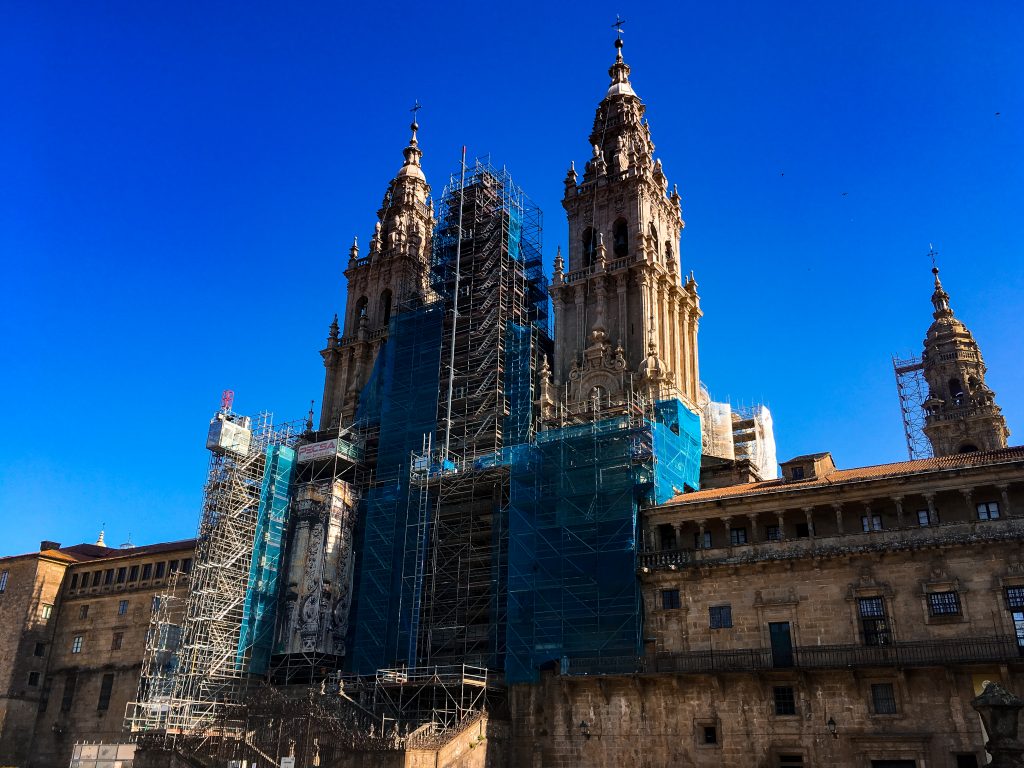
Of course when I got there, the Cathedral was under scaffolding
The Camino de Santiago and Basque Americans
The Camino has become a bit of a rite of passage for some of us in the Basque diaspora, especially for those of us whose families come from regions near the pilgrimage routes.
When I was walking the Camino, I even ran into another Basque American woman from San Francisco. Small world!
There’s the French Way, which is the route I took from Saint Jean-Pied-de-Port. It’s the most traveled path with 60% of pilgrims choosing this route last year.
The Northern Way goes along the coasts of Gipuzkoa and Bizkaia, starting in Irun and passing through major Basque cities Donostia and Bilbao.
Walking through the land of my ancestors was definitely a powerful draw for me on the spiritual journey.
RECOMMENDED READING the guidebook I used
Aita’s village is right next to Saint Jean-Pied-de-Port and our family house is just underneath the route de Napoléon, where pilgrims pass over to Roncesvalles from Saint Jean-Pied-de-Port.
Aita used to take us driving up the route de Napoléon to show us our uncles’ old cheesemaking cayolar (a mountain sheepherding hut), and we would inevitably have to pass by these pilgrims on the road.
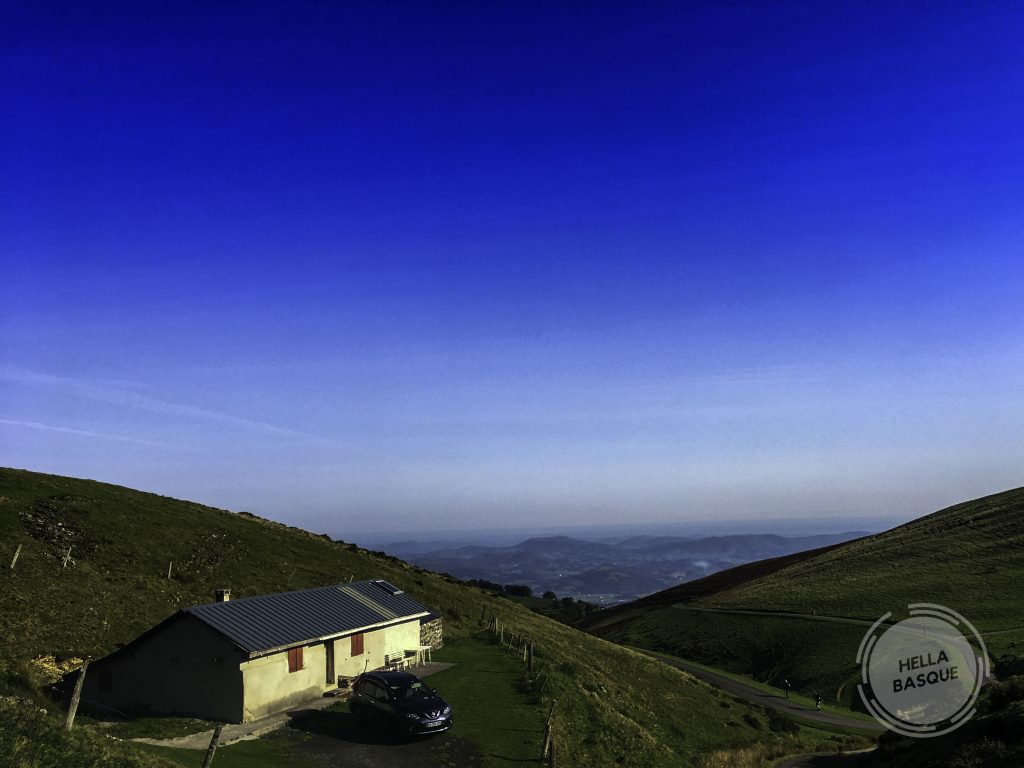
The old family cayolar (Can you spot pilgrims on the road?)
I always thought they were random crazy hikers with their short shorts and walking sticks and backpacks.
And in a sense, they are, but I didn’t learn about the Camino until much after my first encounter with these pilgrims.
Never did I think one day I would be one of them.
As I learned more about the Camino de Santiago, I thought it might be an interesting undertaking one day. It was only once I’d graduated with a degree in London that I figured I would take the opportunity to clear my head on the Camino before moving back to California.
I wanted to walk the mountains where Aita and his brothers had worked as shepherds. I wanted to see more of the beautiful countryside in the area.
My Basque Family’s Thoughts On the Camino
The funny thing about the Camino is I wasn’t expecting to get such a strong negative reaction about it from my family in the Basque Country.
I spent some time with them before heading off on this grand adventure. And my declarations to walk all the way to Santiago de Compostela was not met with enthusiasm, or at the very least open-minded curiosity, as I had hoped.
Everyone thought I was crazy.
Why would I choose to walk that far? Did I realize I had to cross the mountains? Why would I willingly choose a path of inevitable blisters, physical and mental suffering, and potential bodily injury?
Aita and his brothers had to trek up and down the same mountain the pilgrimage goes through regularly throughout their childhoods for work. They could not understand why anyone would do that type of steep, uphill climbing for pleasure.
But it’s this very experience of theirs that made me want to do it. I wanted an excuse, a reason, to walk the same paths they had walked. To try to understand in a small, superficial way their experiences growing up in the Pyrenees.
And during that first day of walking, notorious for being the most strenuous of the whole pilgrimage, I totally agreed with them that I was crazy.
IT WAS HARD. Walking straight uphill for hours and hours on end.
I was lucky that it was a beautiful, sunny day and that I was rewarded with gorgeous views over the valley below. But I was in too much mental agony to appreciate it, filled with regret.
It took all of the willpower I had to keep walking toward Nafarroa and not turn around and run back to my uncle’s house on the mountain.
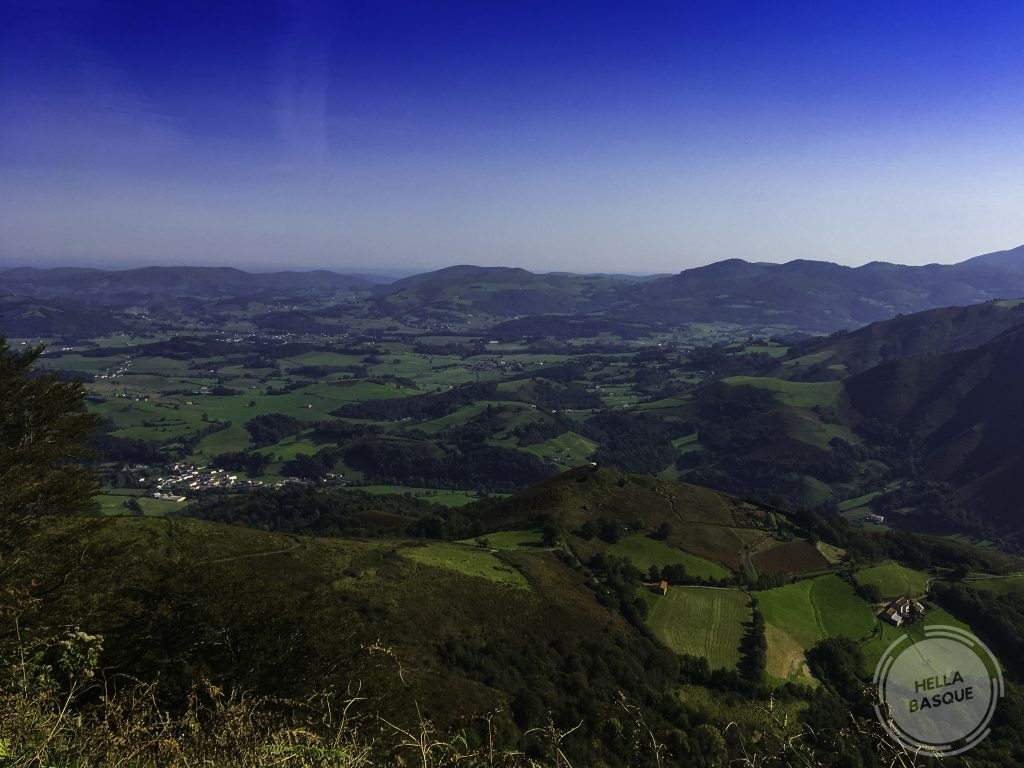
View on Day 1
I got to Roncesvalles after 7 hours of walking up and down a mountain and promptly laid in bed for 12 hours straight. No dinner for me, just straight to bed. I couldn’t move.
RECOMMENDED VIEWING The Way
What the Camino Taught Me
Those first days were brutal. But things got easier with each passing day, and after a few weeks, I was a walking machine. I couldn’t stop!
I would wake up before sunrise, do a few minutes of stretching, get dressed, and head out the door.
I refused to take rest days (definitely not recommended) because I was afraid I would never get going again if I stopped.
When I got to Santiago de Compostela, I went to mass in the Cathedral, collected my Compostela (certificate of completion), and kept walking to the Atlantic coast the next day.
In the end, I averaged walking 15 miles a day. I felt lighter in all aspects once I had finished.
The greatest gift of the Camino was the reminder that every day is ours for the taking, that we get to consciously choose how we spend our time on this Earth. And the lesson that most of our problems aren’t really problems.
I found myself spending the first few weeks filled with anxiety about where I would eat, where I would sleep that night, and who I would meet along the way. Finally I realized that if I lived in the present moment, fully aware of my surroundings and the reality at hand, there was absolutely nothing to worry about. A lesson I try to bring back to my everyday life.
Simplifying life into a backpack and a mission to walk in the great outdoors did wonders for giving me perspective on what’s truly important in life.
I would recommend the Camino de Santiago to anyone curious to undertake the journey. It’s not easy and it’s not always enjoyable, but it’s definitely worth the effort.
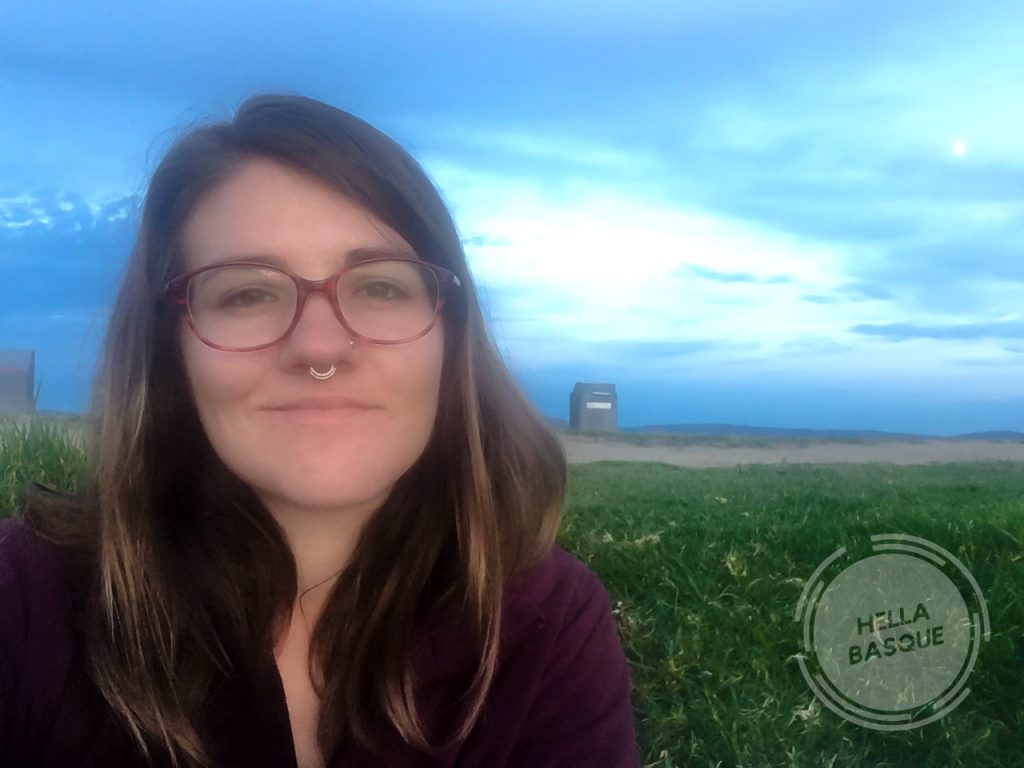
Satisfied and exhausted selfie I took on the last day of my Camino at Finisterre
If you’re interested in a more practical guide on the Camino de Santiago or have specific questions about it, please ask in the comments! I’d be happy to help.
CONTINUE READING:
- Go Back in Time with this Documentary on the Basque Country by Orson Welles
- How Many People in the Basque Country Actually Speak Euskara?
- Basques Are Unique: It’s In Our Blood
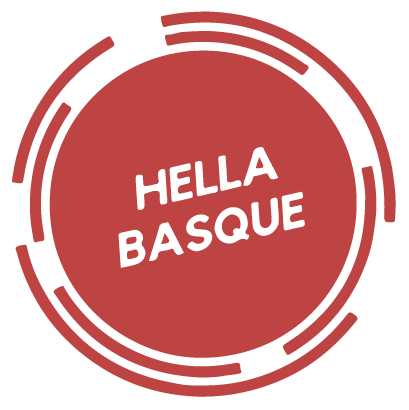
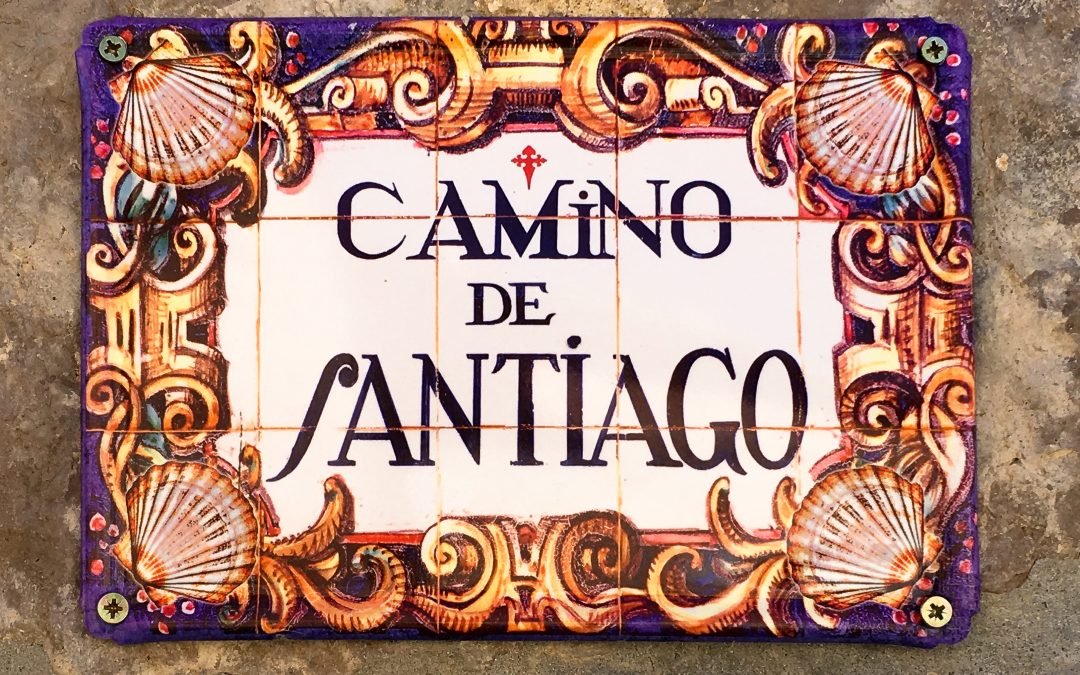
Facebook Comments